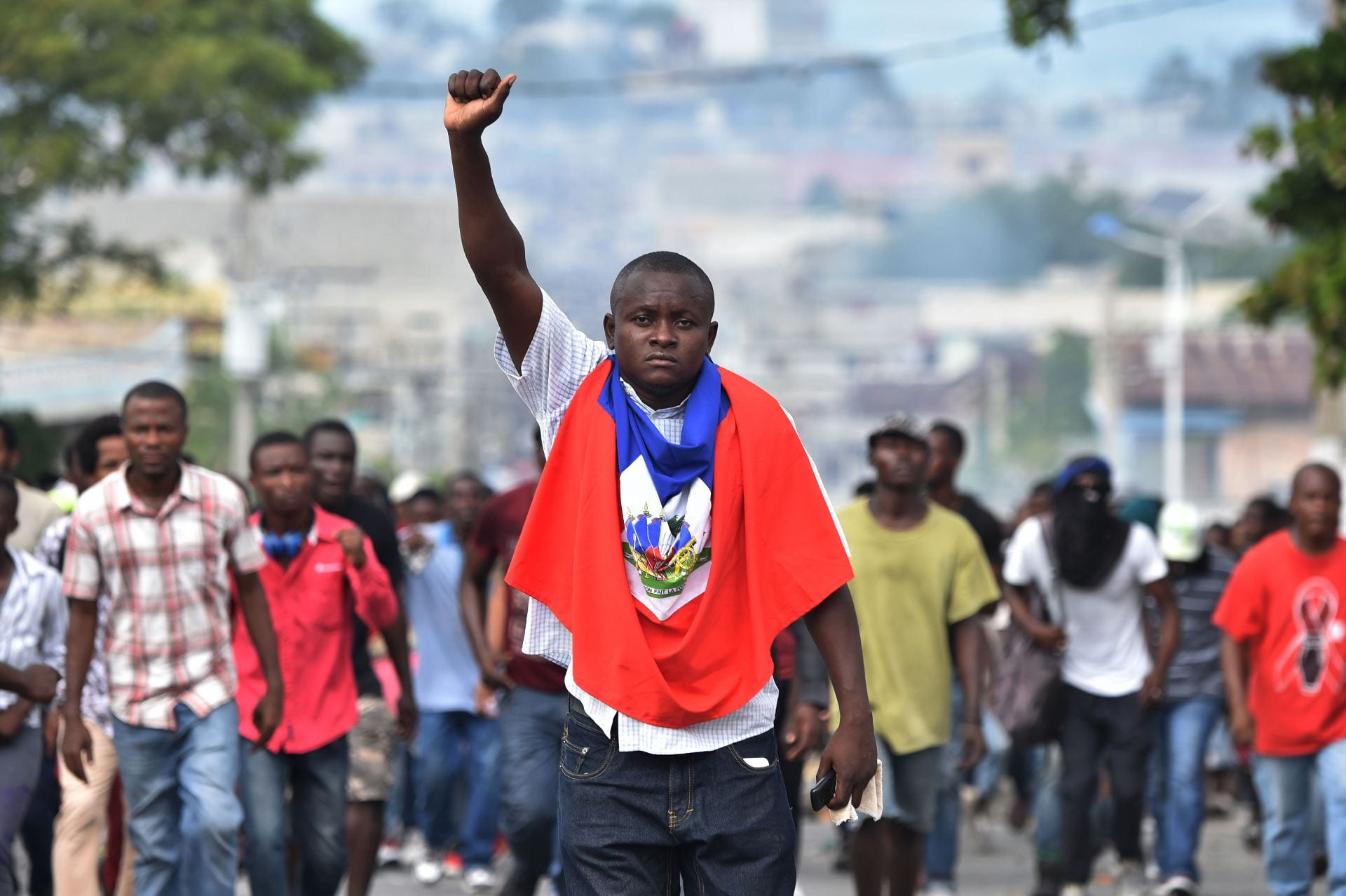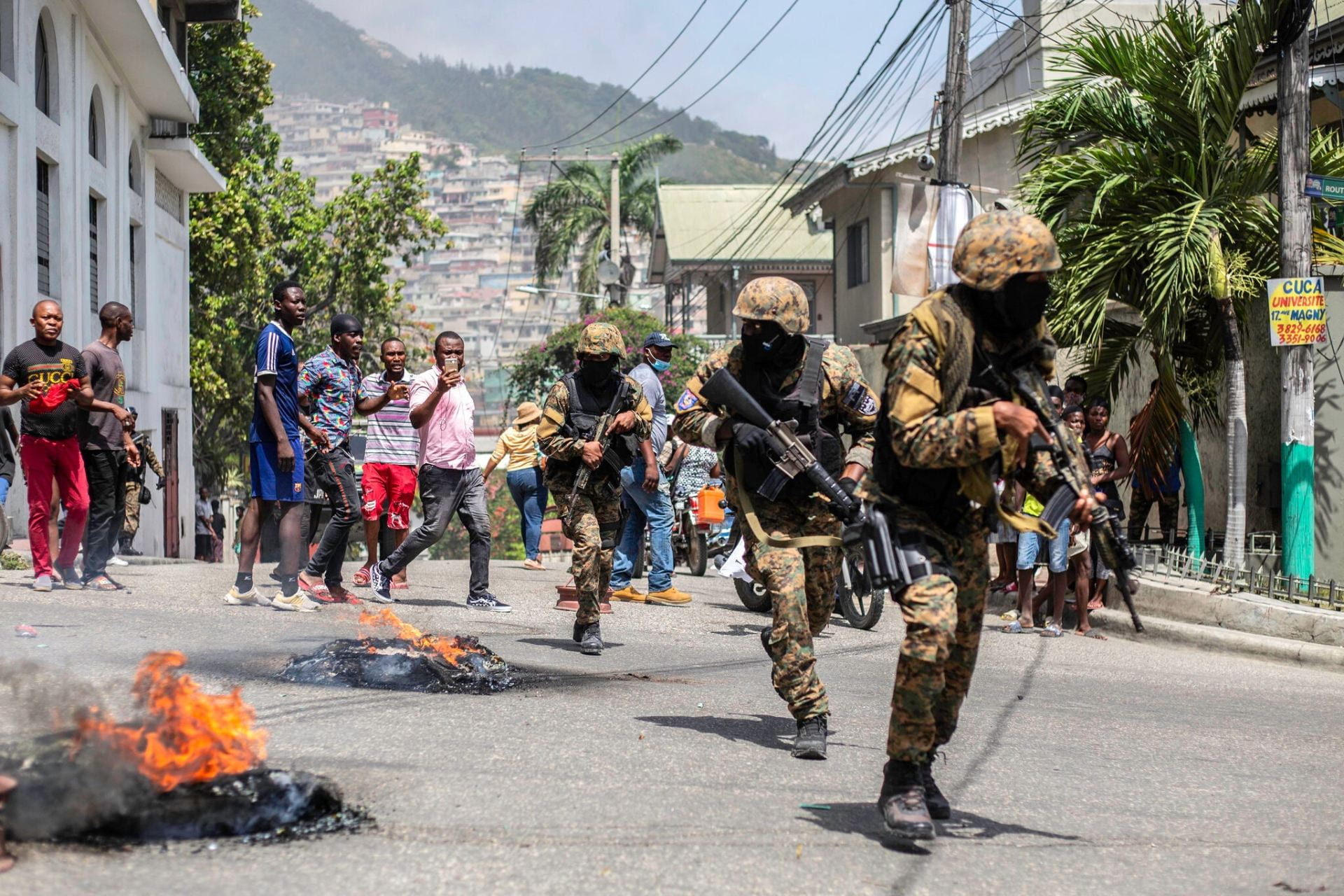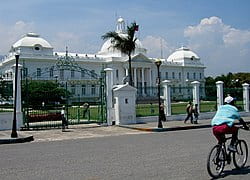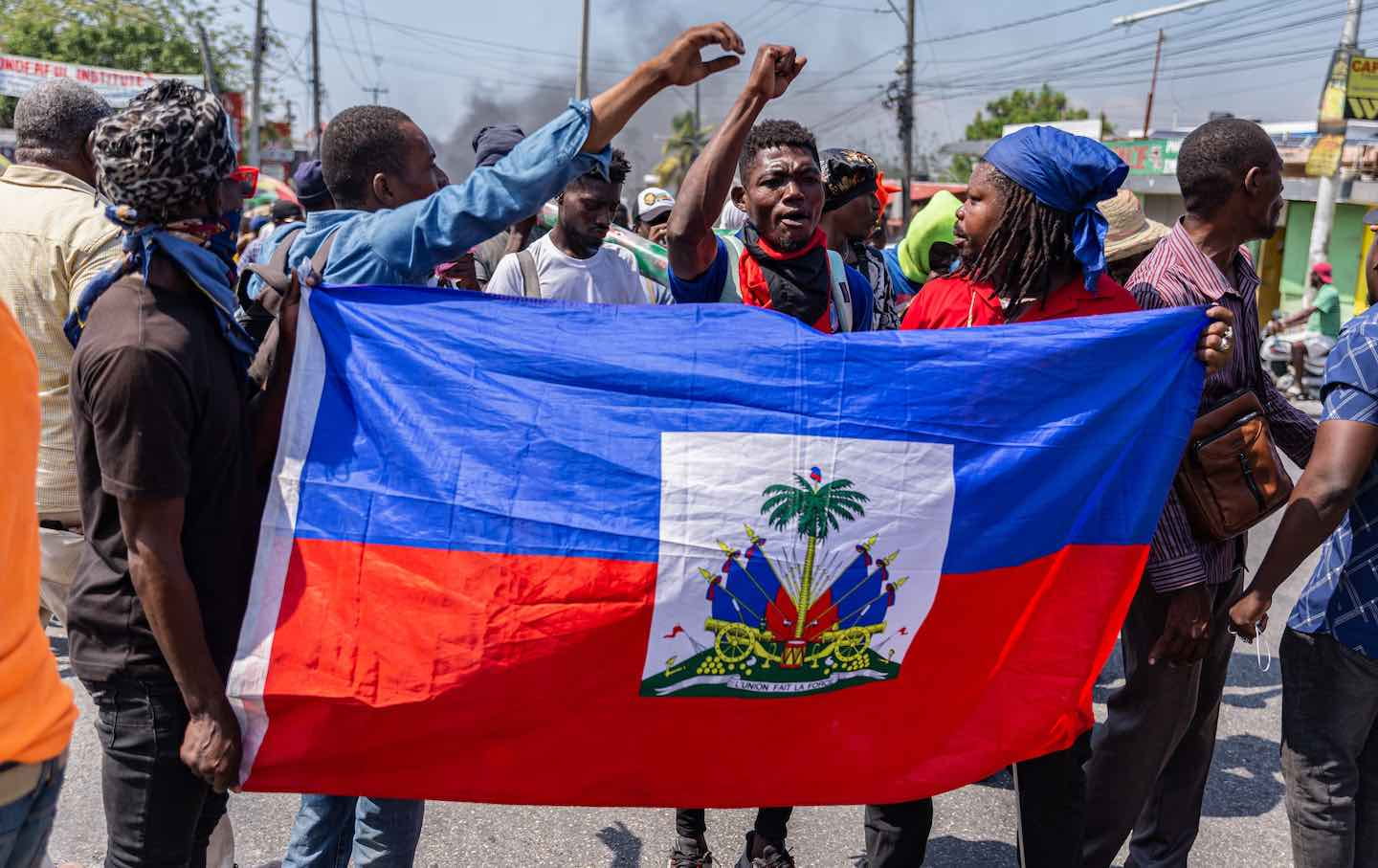
Thousands of miles away, activists for basic human rights sit in prison cells. Most await punishments that far exceed the crime. In China, heavy prison sentences weigh on the shoulders of its brightest human rights activists, scholars, and lawyers.
According to Amnesty International, freedom of expression and speech is having the right to say what you believe and to call for a better world. To express your freedom of speech is to be able to openly, and without consequences, critique those in power. The United Nations (UN) states that the right to peaceful assembly is the right to hold peaceful gatherings, sit-ins, rallies, and protests without fearing repercussions.
Who are They? And What Does the Law Say?

Human rights lawyer, Ding Jiaxi, has been imprisoned since December 2019 for subversion of state power. Also arrested for subversion of state power was Xu Zhiyong, a legal scholar.
Ding Jiaxi and Xu Zhiyong are members of the New Citizens’ Movement, a group of activists dedicated to creating a better China. Xu and Ding co-created the movement back in 2012 in order to shed light on government corruption. After a meeting with the activist movement in December 2019 in a Chinese city called Xiamen, multiple members were arrested. As a result of their critique of the Chinese government’s handling of the coronavirus, Xue Zhiyong and Ding Jiaxi were charged with “subversion of state power.” Both have been imprisoned, with sources saying that they have been subjected to various forms of torture.
By examining China’s laws regarding freedom of press and expression, a clearer understanding of the regulations that restrict the people of China is achieved. The State Council of the People’s Republic of China Article 5 states that the government must protect their citizens’ right to freedom of press so long as they do not criticize the basic principles of the constitution. Citizens must abide by certain regulations put into place of what they can and cannot publish. In support, Article 26 outlines specific regulations such as, no publication shall oppose basic principles and shall not endanger the unification, sovereignty and integrity of the State.
How then, can a people that are restricted from criticizing their own government be considered free? In 1989, Tiananmen Square became a testament to just how far the Chinese government was willing to go to suppress its citizens dissent.
Tiananmen Square History and Influence of Chinese Activist

During the month of April, in 1989, a peaceful gathering to mourn Hu Yaobang, a liberal Communist Party member, took place in Beijing at Tiananmen Square. The gathering calmly turned into demonstrations that called for the abrupt end of corruption in the Chinese government. An estimated one million people joined in to peacefully protest their grievances.
In response, Martial Law was enforced and thousands of troops were released upon the protesters. They opened fire on those gathered and plowed through the crowds with military tanks. To this day, the Chinese government refuses to release any new information regarding the massacre. This event is prohibited from being spoken about or commemorated in China and Hong Kong.
The total number of deaths is unknown in China’s attempt to purge the memory of Tiananmen Square from history. The event is censored; families have been unable to mourn or acknowledge their loved ones. People are forced to forget, and the truth is neglected from the knowledge of a new generation.
Zhou Fengsuo is the Executive Director of Human Rights in China and was also a student leader at the 1989 Tiananmen Square Massacre. What was supposed to be a peaceful demonstration turned into a horrific bloodbath. Zhou was there when his peers were shot down in front of him. His eyes are a witness to military tanks and tear gas being used as a means to end the uproar. In his testimony Zhou wrote, “The scene was that of a war zone; a war conducted by the CCP’s army against the Chinese people.” Zhou calls out on foreign governments to take a firmer stance on China’s violation of human rights.
Activists Imprisonment of Chinese and Hong Kong Human Rights Activist

Xu Zhiyong writes in his book, A Beautiful China -Thirteen-The Citizens Movement, about his vision for China. In his writings, he talks of a better China; one that is accomplished through peaceful protest and nonviolence. He says, “We are all Chinese, and we will build a beautiful China together in the future.” Throughout his collection of twenty-four essays he repeatedly reiterates the importance of unity.
To be a true citizen is to have basic rights. Xu writes that when they have the right to vote and to speak freely they will be true citizens. People that are free are ones that can openly and without fear criticize their governments. In A Beautiful China Xu says, “Amid the absurd, we stick to the truth; amidst evil, we hold fast to our conscience; in the darkness, we create light.” Many Chinese and Hong Kong activists are dedicated to changing their governments.
After being handed over to China in 1997, Hong Kong was promised fifty years with their independent government. Halfway through their allotted time, Beijing implemented a law that gave them further influence in Hong Kong. As of 2020, the new law in Hong Kong, known as the National Security Law (NSL), was passed. This law has since then increased prison sentences and allowed for extreme censorship.
Chow Hang-tung and Jimmy Lai are both Hong Kong activists. Jimmy Lai was arrested for “colluding with foreign forces” and sedition. His newspaper, Apple Daily, which advocated for human rights such as freedom of expression and speech, was later closed down in June 2021. He has been held in solitary confinement awaiting his trial to resume in November 2024. Lai is 76 years old and only gets around 50 minutes of time outside a day. Chow Hang-tung was arrested after attending a vigil for the Tiananmen Square Massacre. She was imprisoned for 22 months and faces possible imprisonment again for 10 years or more. The new National Security Law states that she was “inciting subversion.” She has also been subjected to solitary confinement.
Chow Hang-tung, Ding Jiaxi, and Jimmy Lai have been considered by Amnesty International to be prisoners of conscience. A prisoner of conscience is someone imprisoned because of political, social, religious, or other personal beliefs.
Conclusion: What is China’s Response? What is the Global Reaction?
The United Nation Human Rights Council accepted China’s report on their Human Rights achievement for the 56th Universal Periodic Review (UPR). While multiple activists remain imprisoned in solitary confinement, Chinese Daily flaunts the approval given to them for their advanced improvements in Human Rights by countries like Russia, Algeria, and Venezuela. Chinese Daily said, “China welcomes and remains open to all constructive suggestions that are proposed in good faith to help it improve its human rights conditions.” This seems to be the case so long as the criticism and call for improvements, recognition, and change do not come from Chinese or Hong Kong citizens.
Amnesty International and Human Rights Watch, continue to call for the release of activists Jimmy Lai, Chow Hang-tung, Ding Jiaxi, and Xu Zhiyong. Activists like Zhou Fengsuo, who has been advocating for change in China for many years, will continue the fight for human rights. It is through them that freedom will be achieved.


![[Image 2] The Search Commision and the organization "Buscando Hasta Encontrarte" (Searching until I Found You) signed a covenant to strenghten searches. Source: Yahoo Images.](http://desdeabajo.mx/wp-content/uploads/2021/04/CBPEH-BHE-1-848x478.jpeg)
![[Image 3] The Nydia Erika Foundation. Source: Yahoo images.](http://web.nydia-erika-bautista.org/wp-content/uploads/Yanette-Bautista-con-el-retrato-de-su-hermana-Nydia-Foto-Contagio-Radio.jpg)
![[Image 4] Protests against the high women homicide rates in Mexico. Source: Yahoo Images.](https://www.sdpnoticias.com/resizer/v2/3OJI3IAWJJHDLCLNWN4YKCCLIM.jpeg?smart=true&auth=00ad1072f05d3aebb906f30835e78cc2e81e679869847e32c3fcfff8a88f9a81&width=1189&height=755)































